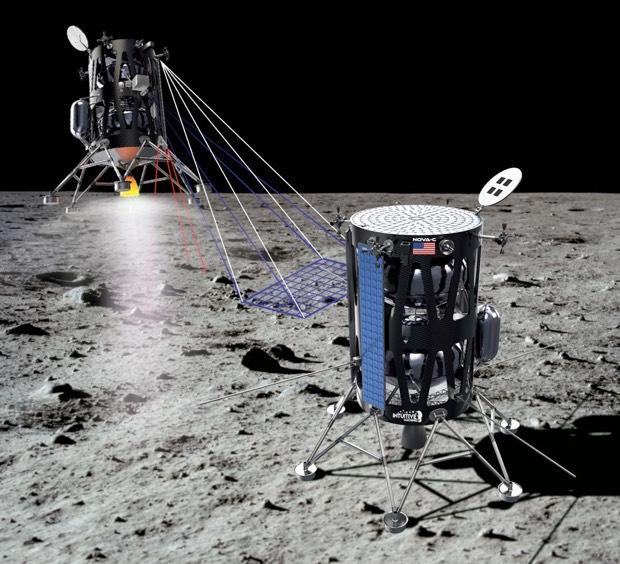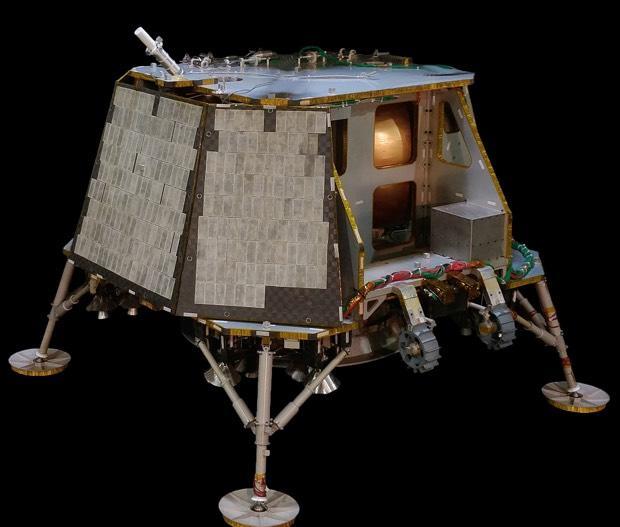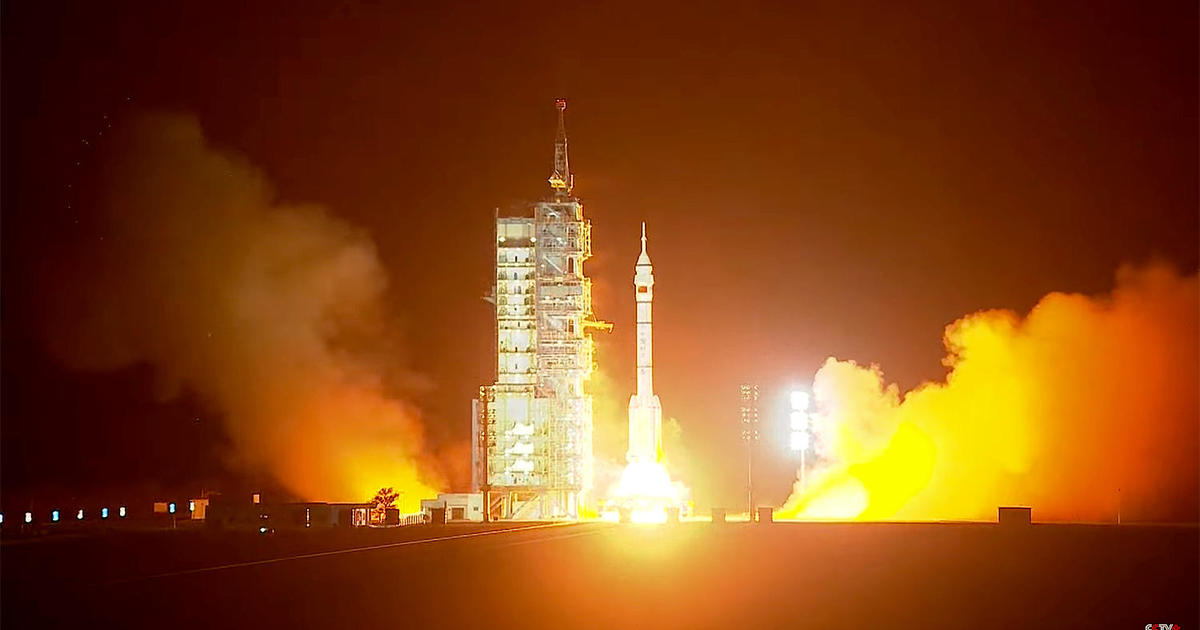NASA taps 3 companies for commercial moon missions
NASA has awarded $253.5 million, split between three companies, to develop robotic landers that will carry science and technology payloads to the moon's surface as commercial enterprises, a a key element in the agency's Artemis program to return astronauts to the moon by 2024, officials said Friday.
The contracts, awarded through NASA's Commercial Lunar Payload Services, or CLPS, program are expected to finance landings at three different locations on the moon in 2020 and 2021, delivering government and private sector science payloads and technology demonstrations while serving as testbeds for critical space navigation and propulsion systems.
The CLPS program has authority to award up to $2.6 billion in contracts over a 10-year period, and subsequent missions are expected to send landers to the moon's south polar region -- the same area astronauts will visit in 2024 -- to learn more about ice deposits in permanently shadowed craters that might one day provide an in situ source of air, water and fuel.
"These CLPS providers are really leading the way for our return to the moon as part of the Artemis program, these are precursor missions prior to us landing the first woman and the next man on the surface of the moon in 2024," said Steve Clarke, deputy associate administrator for exploration at NASA Headquarters.
"NASA is one of many customers," he said of the landers. "We are buying a ride, essentially. ... We are looking for these providers to deliver our payloads to the surface. They are responsible for the launch, the lander itself, landing it and making sure we can operate our instruments on the surface of the moon."
With a $1.6 billion supplemental budget request from the Trump administration, NASA is accelerating plans to land astronauts on the moon, moving up the target date from 2028 to 2024.
As part of the newly named Artemis program, the agency is seeking international cooperation while encouraging increased private sector development through the CLPS program. An initial competition to develop small moon landers was announced in November 2018.
Nine companies developed a variety of concepts to quickly deliver NASA payloads to the moon, and on Friday the agency announced the three winning proposals:
Astrobotic
Astrobotic of Pittsburgh won a $79.5 million control to fly up to 14 NASA payloads weighing a total of 200 pounds to Lacus Mortis, or Lake of Death, a basaltic plain on the moon's near side, in July 2021 aboard the company's Peregrine lander.
Another 14 payloads from the United States and seven other countries have booked a ride as well, including one called DHL MoonBox that will allow customers to send small keepsakes and mementos to the moon where they will remain "for centuries to come," according to the company's website. Prices start at $450 for a half-inch-wide, 0.125-inch-thick capsule.
The four-legged Peregrine lander features advanced, radiation-hardened avionics, autonomous hazard avoidance systems and multiple shelves and mounting platforms for payload attachment, including small rovers that can be lowered to the surface.
"This is a new era for the moon," said John Thornton, Astrobotic CEO. "It's been almost 50 years since we've been back as a country. Now we're going back, we're going to have regular, routine access to the moon in ways we've never experienced before. Our scientists are going to get really, really smart about that's up there. This is a whole new era, an incredibly exciting time."
Intuitive Machines
Intuitive Machines of Houston will receive $77 million to develop a lander that also will touch down in July 2021, carrying as many as five payloads to Oceanus Procellarum, or Ocean of Storms, and launching atop a SpaceX Falcon 9 rocket.
The company's solar-powered Nova-C lander features an advanced liquid oxygen-methane propulsion system, can carry 220 pounds of payload to the moon's surface and provide at least 200 watts of power after touchdown.
"I think it's going to create a new era, a new ecosystem for commercial companies to really explore space," Kam Ghaffarian, executive chairman of Intuitive Machines, said of the contract awards and the Artemis program. "I truly believe commercial space in general, whether it's low Earth orbit or deeper space exploration is just beginning. It's going to be a truly exciting journey."
Orbit Beyond
Orbit Beyond of Edison, New Jersey, won a $97 million contract to land as many as four payloads on Mare Imbrium -- the Sea of Rains -- by September 2020 riding a Falcon 9 into space as a secondary payload.
Orbit Beyond's Z-01 lander can deliver about 88 pounds of payload to the surface, provide 50 watts of power and land within about a half mile of its target on slopes up to 18 degrees.
"The lunar market is going to grow exponentially in the next 10 years, and with (lower costs) there will be a lot of investment for creating in-space infrastructure, to create new markets utilizing space resources," said Siba Padhi, president and CEO of Orbit Beyond. "Orbit Beyond's vision is to be a key player in the in-space ecosystem."
While the relatively low-cost missions will lack the multiple layers of redundancy typical of NASA planetary missions, Clarke said "I have high confidence in these three companies."
"These three companies showed what I would call credible technical plans, well thought out, with schedule and costs commensurate with their plans, and they identified the risks along the way," he said. While challenges and setbacks can be expected, "I have no doubt that we'll be seeing successful landings on the moon within the next two years."







